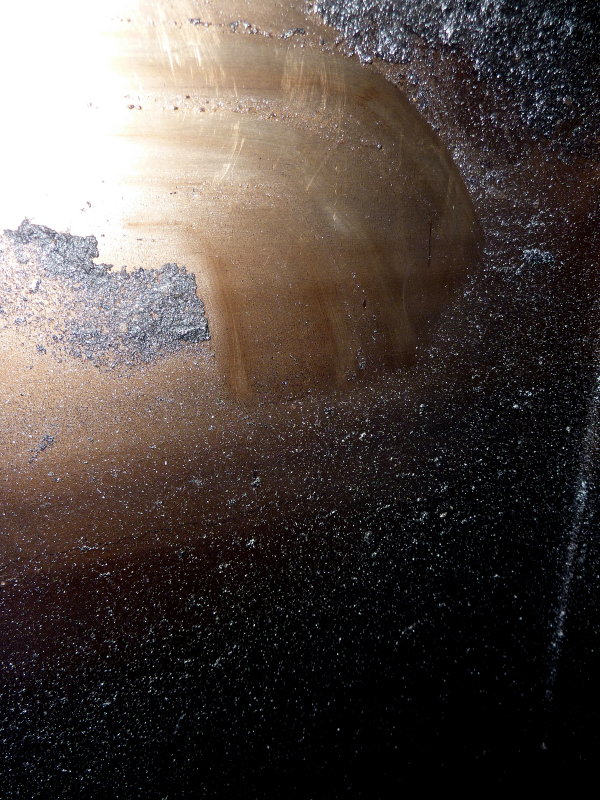It's all about the math and polishing should be calculated on a case by case basis.....
A few years ago I had a customer proudly tell me how he just had his fuel "polished". When I asked him how much it cost he stated "Only $1100.00". "Eleven hundred!!!" I exclaimed; "Well, he had to come here from MA."
I left that conversation shaking my head because his boat had a 32 gallon tank with perhaps 20 gallons in it at most..
A month later his fuel sender failed. I went and replaced it & while there I got a look inside his recently "polished tank". The tank walls were filthy and covered in an asphaltine like black gum.
I grabbed a sample of his current fuel and it was completely cloudy.. $1100.00 in "polishsing" for what? The tank was not actually clean only the 20 gallons of fuel that had been in it were. Course with the tank walls still filthy it was already starting to cloud over. Heck even using a tiny fuel lift pump 20 gallons can be extracted and refilled with fresh fuel in no time at all.
Back to the math for this owner:
#1 Suck out 20 gallons of diesel and burn in owners oil fired boiler. Oil fired boilers are very tolerant of crappy fuel. Labor, about 20 minutes total. Net fuel cost is neutral as the energy is being used to heat owners hot water or home. Worst case you can give it to a shop that heats with a waste oil burner..
#2 Install SeaBuilt clean out port, about $154.00, and manually scrub the tank clean - Labor about 2 hours, if you're slow. Total is now at about $400.00 but you have a clean out port for future use and did not with his $1100.00 fuel polishing.
#3 Refill 20 gallons of diesel - Total about $50.00
Using the above math the customer is out about $400.00 in total but has a sparkling clean tank and brand new fresh fuel plus a clean out port for future use, none of which he got with his $1100.00 fuel polishing bill..
Unless you have massive tanks that require multiple clean out ports and hold lots of fuel I would look for other
solutions.. In order to have clean fuel you need a clean tank and this is really only possible by actually physically cleaning it.
This photo was taken after:
"Religious use of Startron"
"Two
shock (tank
CLEANING) doses of Startron"
"$1100.00 in fuel polishing"




 Once for the cleaning/inspection, then again the next week when I discovered a dead spot in the fuel gauge sender, and had to replace it. It seems that when our pals in China fabricated the tank flange for the gauge, they used a pipe that was about 3/16" too small for the sender's resistor to pass through.
Once for the cleaning/inspection, then again the next week when I discovered a dead spot in the fuel gauge sender, and had to replace it. It seems that when our pals in China fabricated the tank flange for the gauge, they used a pipe that was about 3/16" too small for the sender's resistor to pass through.